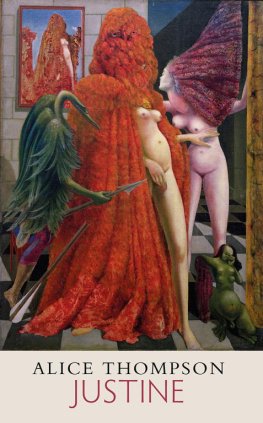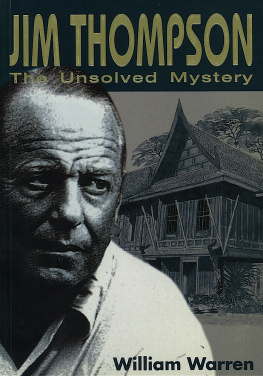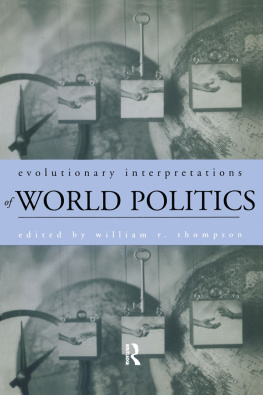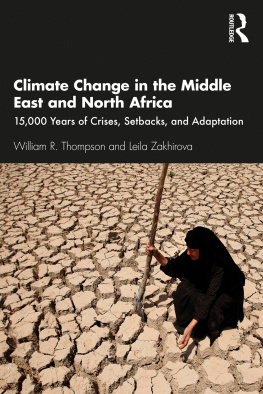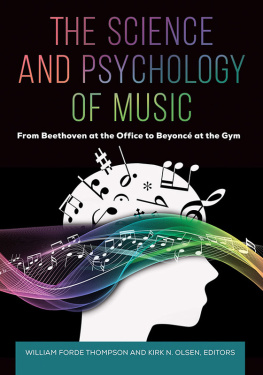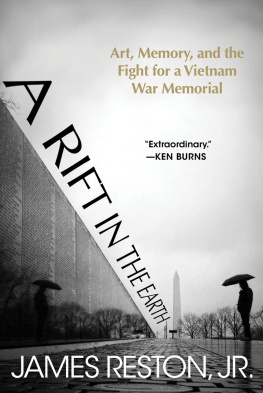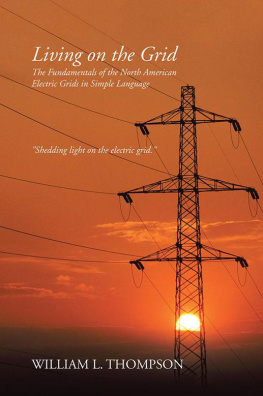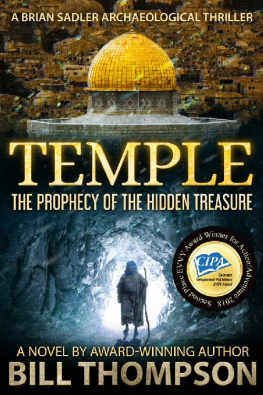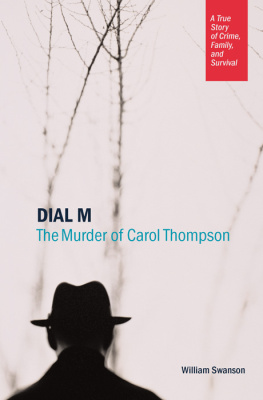Library of Congress Cataloging-in-Publication Data
Names: Thompson, J. William, author.
Title: From memory to memorial : Shanksville, America, and Flight 93 / J. William Thompson.
Description: University Park, Pennsylvania : The Pennsylvania State University Press, [2017] | A Keystone book. | Includes bibliographical references and index.
Summary: Explores the aftermath of 9/11 in Shanksville, Pennsylvania. Describes how the local community remembered the event and how it was affected by national media attention. Follows the creation of the national memorial built at the site to honor those aboard Flight 93Provided by publisher.
Identifiers: LCCN 2016021313 | ISBN 9780271076997 (pbk. : alk. paper)
Subjects: LCSH: United Airlines Flight 93 Hijacking Incident, 2001. | Flight 93 National Memorial (Pa.)History. | Shanksville (Pa.)History.
Classification: LCC HV6432.7 .T558 2017 | DDC 974.8/79dc23
LC record available at https://lccn.loc.gov/2016021313
Copyright 2017 J. William Thompson
All rights reserved
Printed in the United States of America
Published by
The Pennsylvania State University Press,
University Park, PA 16802-1003
The Pennsylvania State University Press
is a member of the
Association of American University Presses.
It is the policy of The Pennsylvania State University Press to
use acid-free paper. Publications on uncoated stock satisfy
the minimum requirements of American National Standard
for Information SciencesPermanence of Paper for
Printed Library Material, ansi z39.481992.
Lo que te importa en la vida no es lo que te ocurre, sino qu recuerdas y cmo lo recuerdas. (What matters in life is not what happens to you but what you remember and how you remember it.)
Gabriel Garcia Marquez
A very tall steel angel, in silhouette, pointed me toward the crash site. It was a beautifully sunny September day, and Id driven up from Washington, D.C., via the old Lincoln Highway that runs across Pennsylvania. Productive farms alternated with lush woodlands and historic Pennsylvania towns until the highway took a steep upward turn and emerged on a high plateau. Now here I was, meandering down two-lane country roads, without the benefit of signage, trying to find the place where United Flight 93 had slammed into the earth five years earlier. It was a relief to see the angel mutely pointing the way.
Id come here partly out of professional curiosity. As the editor of a national magazine about the design of parks and landscapes, Id become deeply interested in, and more than a little concerned about, the way disaster memorials in public landscapes increasingly reflected the tide of mass killings in this country.
During my years at Landscape Architecture, memorials had been built on the site of the Oklahoma City bombing and at Columbine High School, and one was planned in response to the Virginia Tech shootings. As the crop of such memorials continued to grow, I had begun to wonder whether they fulfilled their stated purpose. Would traditional stone-and-mortar memorials really help keep memories alive or help heal those whose loved ones had been killed at random?
There was a more personal reason for this trip, however. My home is in Washington, D.C., and the editorial office where I worked every day lay three blocks east of the White House and six blocks west of the Capitolthe most likely targets for the fourth 9/11 airliner. That day, Id been far too close for comfort to Flight 93s destination. That plane never reached its intended target, we were told, because the passengers and crew had revoltedthe first such revolt in the history of airline hijackingsand had overpowered the terrorist hijackers, almost winning back control of the airliner before the terrorist pilot drove it into the ground at five hundred miles an hour.
Apparently, the bravery of the passengers and crew had kept me out of danger and saved me from witnessing the fire and mayhem that were visited on the Pentagon and the Twin Towers. Hence, this Pennsylvania countryside had a certain emotional resonance for me.
So here I was, driving down the crooked road that led down and then back up to a makeshift temporary memorial set up by the local people: a tall chain-link fence adorned with flags and hundreds of other mementoes. A metal shed held a guestbook, scrapbooks of photos, and news clippings.
The crash site, which lay downhill at the bottom of a topographic bowl of land, was something of a letdown. It was a former strip mine, bare and featureless, and the actual point of impact had been backfilled so that there was literally nothing to seeand anyway, it was off-limits to visitors. Im not sure what I expected, but I would have been content with a trail around the crash site where I could have hiked and pondered the meaning of it all. The temporary memorialhemmed in by a guardrail and abuzz with visitorswas the exact opposite of that.
Still, most Americans who made pilgrimages here didnt need to ponder its meaning. They knew. There had been an attack on the nation, and there could be only one proper response: solidarity with the passengers and crew who took the fight back to the terrorists.
The attacks on the Twin Towers and the Pentagon had targeted urban centers. This one had a different resonance: deflected from the capital, it had struck the heartland. And these visitors responses at the temporary memorial came straight from the heart. On the chain-link fence they hung caps, flags, license plates, fire department insignia, teddy bears, and various other trinkets on which theyd scrawled out their patriotism and prayers in black marker.
The only apparent requirement for the tributes was that they be material, tangible. And that was the whole point of the peoples memorialto be able to leave some physical signature, even if it was only a cheap consumer item from a big-box store on which you penned a heartfelt note. Placing something at the site indicated that someone rememberedand judging by inscriptions such as Never Forget, visitors felt they had a duty to remember what happened here.
Fig. 1 The temporary memorial, erected by local people, at the Flight 93 crash site. Photo: National Park Service.
The visual effect of all these mass-produced goods dangling from a chain-link fence took me aback. The homemade memorial bordered on tacky. But so what? This fence was a perfectly democratic expression of the thousands of Americans who had made pilgrimages here before me.







